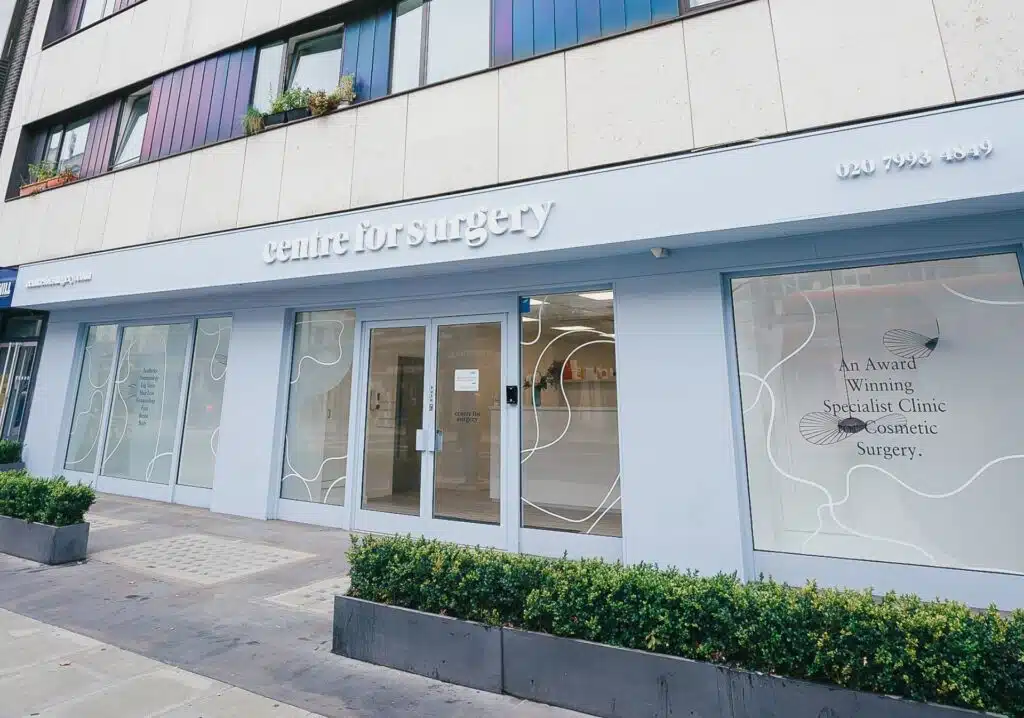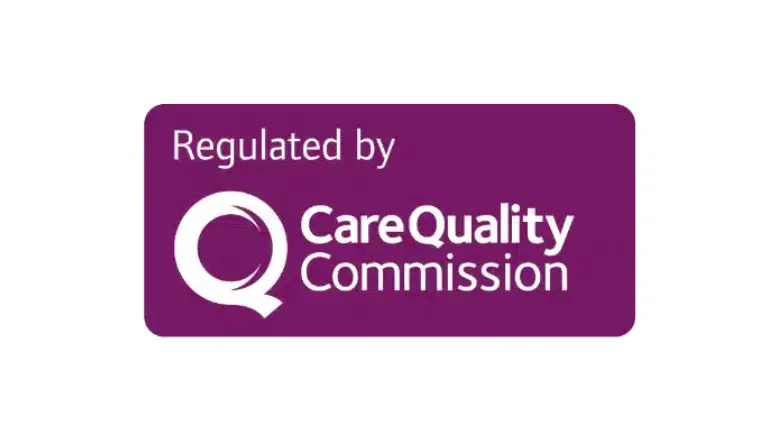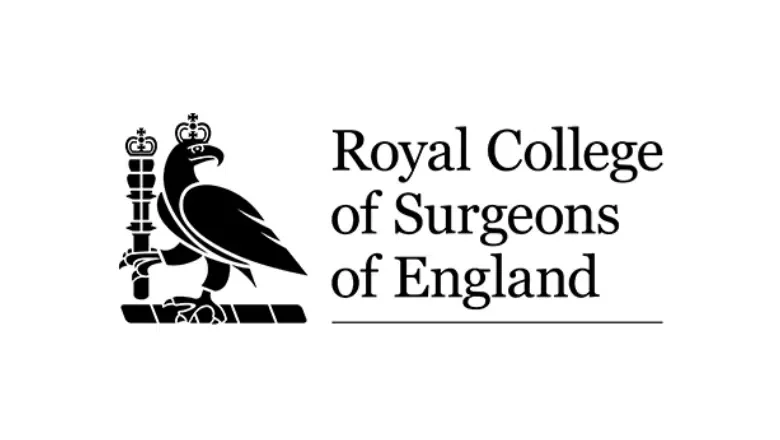Gynecomastia is a condition of the male breast which involves an overgrowth of fatty tissue, glandular tissue or, more commonly, a combination of both, often results in the appearance of male chest enlargement, which is also known as “man boobs”. Many men often suffer in silence from gynaecomastia, not aware that there is a very effective treatment option in the form of male breast reduction. For many men, gynaecomastia can result in significant anxiety and a substantial loss of self-confidence, which may limit their activities of daily living.
RELATED: Benefits Of Gynecomastia Surgery
It is important to bear in mind that gynecomastia is much more common than most people think, and up to 70 to 80% of men may have gynaecomastia of some type at some point in their lifetime. It is not known what exactly causes gynecomastia to occur, although it is generally accepted that hormonal imbalance, which then leads to excessive production of oestrogen, is one of the most common causes of gynecomastia.
Gynecomastia presents in different ways depending on a man’s age, and treatment may not be necessary depending on the point it presents in life. We thought it would be useful if we described the effects of gynaecomastia at different ages.
Gynecomastia affecting babies
Gynaecomastia is extremely common in newborn babies, with up to 90% of all boys having some form of gynecomastia. When babies are in utero, oestrogen naturally gets passed from the mother to the baby, and so this explains why the majority of baby boys have a mild form of gynecomastia. Fortunately, this type of gynaecomastia settles down completely by itself by the time the baby becomes one year of age and does not require any treatment. In very rare cases when excessive breast tissue persists beyond the first year of life, it would be a good idea to get assessed by your GP to make sure it is not something more serious.
Gynecomastia in adolescence
Adolescents are prone to developing hormonal imbalances, and hormonal changes are the most common cause of gynaecomastia affecting teenagers. This is the stage of life when boys are going through puberty, and puberty itself is a time that involves a significant imbalance in hormonal production, with excessive production of oestrogen being an entirely normal phenomenon. Not every boy will develop male breast enlargement, but statistics show that about 50 to 60% of teenagers may develop a milder type of gynecomastia. During the teenage years, once the hormonal changes stabilise with increased androgen production, the condition should settle down by itself. In cases where gynecomastia is persistent beyond 2 to 3 years, we would advise a clinical assessment by your GP.
RELATED: What do gynecomastia scars look like?
Gynecomastia affecting adult men
Gynaecomastia is common in men over the age of 21. Between the ages of 18 to 50, up to 60% of men can be affected. The underlying causes for gynaecomastia can be more varied in this age group, and it is not always due to hormonal influences. Causes of gynecomastia in adult men include medical conditions, including disorders of the thyroid, as well as certain medications, which may include antidepressants. Patients who drink excessive quantities of alcohol and those who take anabolic steroids may also be more prone to developing gynecomastia.
RELATED: Does exercise prevent gynecomastia?
When gynecomastia presents in adult men, our surgeons advise surgical treatment when the gynaecomastia is moderate to severe. The male breast reduction procedure is straightforward to perform. It involves liposuction to remove excess fatty tissue, followed by surgical removal of glandular tissue through a small incision positioned around the areola. This scar heals well and becomes relatively inconspicuous over time.
RELATED: Gynecomastia vs Chest fat
It is important to appreciate that the exact treatment for gynecomastia depends on the clinical presentation, and for gynaecomastia involving a specific cause such as anabolic steroid use then by removing the precipitating cause may result in the gynaecomastia settling down completely without surgical treatment.
Gynecomastia affecting older men
In men over 50, gynecomastia becomes increasingly common, affecting about 75% of men. Hormonal factors become important in this age group, and with the ageing process, androgen levels begin to gradually reduce. This can result in an enlargement in the size of the breasts. It is important, however, to make sure that lifestyle factors, certain medications or medical conditions are not contributing to the development of gynecomastia, as these could be treated without the need for surgery.
RELATED: How much does Gynecomastia surgery cost?
The key to successful treatment of gynaecomastia is an accurate diagnosis, which can only be undertaken with a face-to-face consultation with a specialist plastic surgeon. If you believe you have gynaecomastia and it is causing you significant concern and affecting your ability to wear certain types of clothing, then give us a call today to book a consultation with a gynecomastia surgeon in London.
RELATED: Is gynecomastia surgery worth it?










